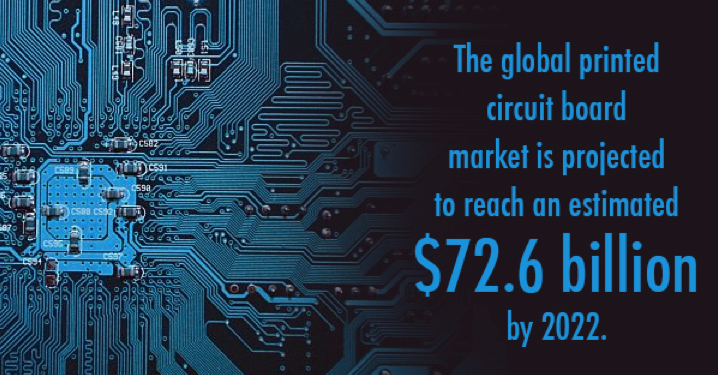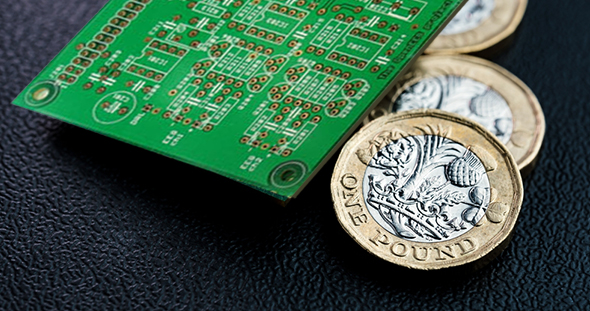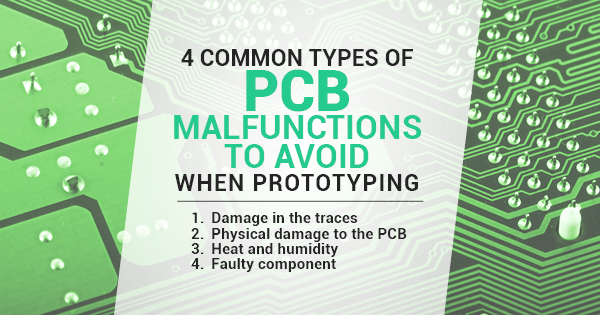The exciting world of printed circuit boards is growing fast. Our digital age has ushered in a whole new host of possibilities when it comes to technological innovations, and because of this experimental prototype printed circuit boards are thriving. In fact, the global printed circuit board market is projected to reach an estimated $72.6 billion market value by 2022.
These new innovations cover virtually all aspects of circuit board technology, from PCB design and layout to wholesale fabrication. But one of the most interesting and unique cases of PCB design has recently come from Vanderbilt University in Tennessee, where scientists have created a prototype PCB that self-destructs.
While this futuristic creation may sound incredibly complex, the creators promise that this is not the case. How the board works is actually relatively simple. They were able to build the board using silver nanowires and a polymer that becomes soluble in cold water. The nanowires are embedded into the polymer, which holds together the entire board. But as soon as the circuit board is put into water that is lower than room temperature, the polymer slowly disintegrates. Soon, the entire board disappears.
Dr. Leon Bellan, one of the researchers behind the sci-fi creation, recently explained the process to Digital Trends:
What we have done is produce a composite system that behaves like a regular circuit board when immersed in warm water, but if the water cools below a threshold temperature, the entire system disintegrates, dissolves, and stops working, We have achieved this behavior by coupling two separate materials: networks of silver nanowires, and a polymer that exhibits the odd behavior of being insoluble in warm water, but soluble in cold water.
So what will this interesting prototype circuit board be used for? So far, it’s only an interesting experiment, but its inventors think there are several likely applications.
The team behind the project explains that they would like to see it used in tracking the RFID tags implanted in hospital patients, for instance. Also, they hope one day this advanced PCB design can be used in the operating room to simplify certain medical devices. Instead of requiring surgery to remove them, they could harmlessly be turned off using ice, as they’ll just dissolve when they turn cold.
For the next step, the team will be experimenting with how the boards work when implanted into animal skin.



